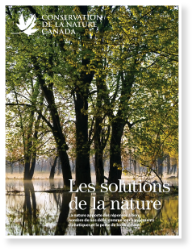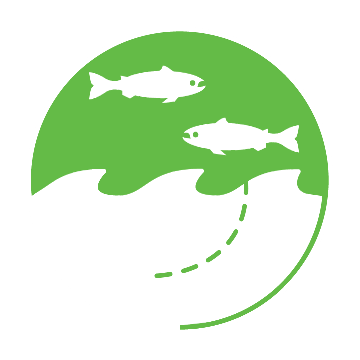COAST TO COAST
Smile for the camera
Ce n’est pas tous les jours que le personnel en conservation a l’occasion d’utiliser des machines
à coudre industrielles pour du travail d’intendance et de restauration sur une propriété. Pourtant,
c’est exactement ce qu’une petite équipe d’employé(e)s et de bénévoles de CNC a fait en novembre dernier à l’île aux Grues, au Québec, pour lutter contre la propagation du phragmite envahissant.




